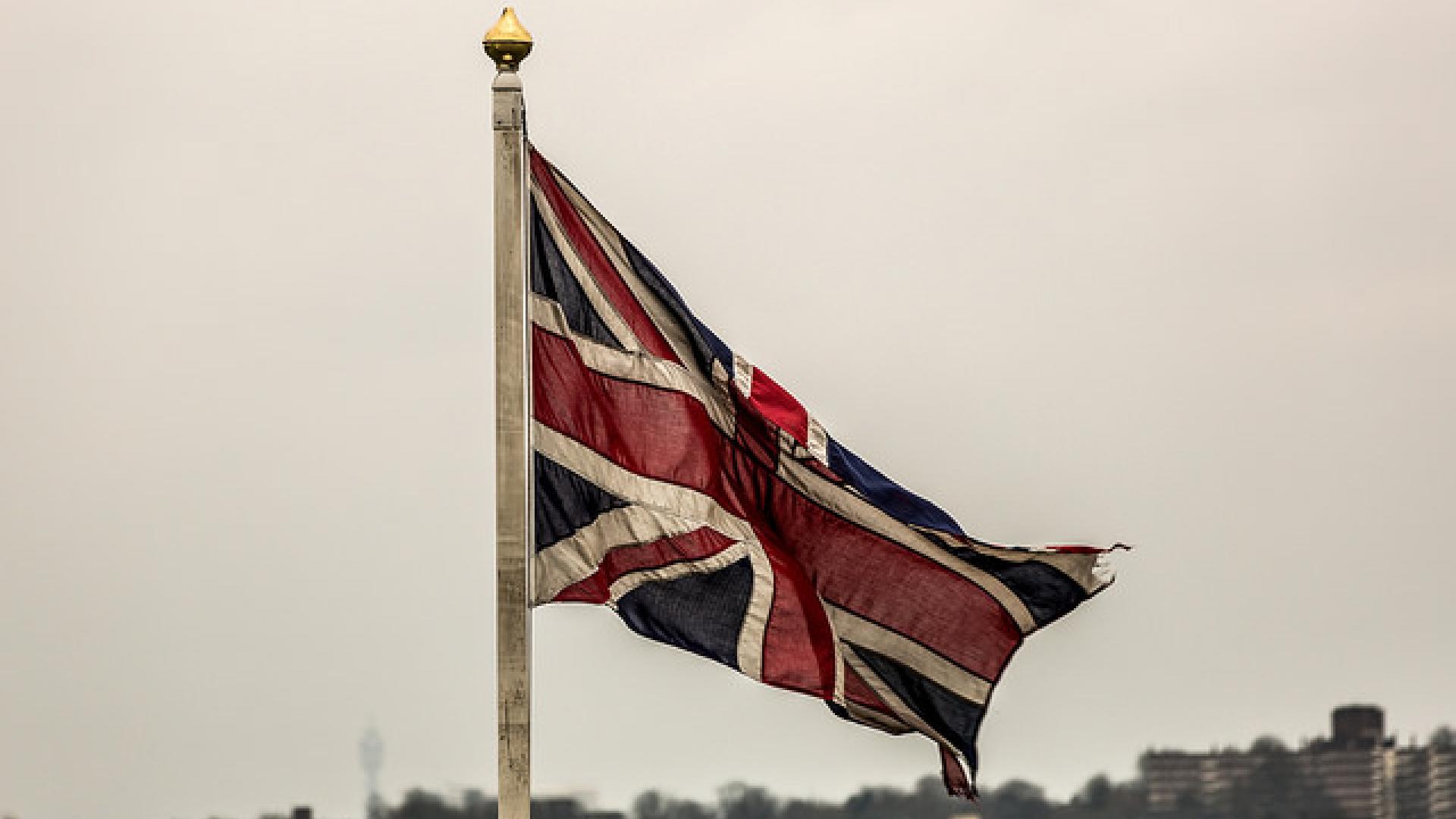Robbie Macmillan, 22-year old graduate, Founder and Chairman of Children of Rwanda, a new charity promoting children's health and education in the western part of Rwanda, is contributing to our blog this week.
The foreign aid budget has been propelled into the spotlight recently after George Osborne announced it is to be used to accommodate the refugees the UK will be taking on, giving us a chance to examine it and consider the implications of its reallocation.
So what do you know about this year’s budget? Not much apart from one important fact: this year, after decades, the UK became the first G7 member to finally honour its pledge to dedicate 0.7% of its GDP to foreign aid.
When discussing foreign aid we do so in two categories: multilateral and bilateral aid. Multilateral aid represents donations to international organisations that constituted 41.2% of the foreign aid budget in 2013. The largest recipients of this aid are the International Development Association (member of the World Bank group) and the European Commission.
Bilateral aid, on the other hand, goes directly to developing countries, the top beneficiaries being Pakistan, Ethiopia and Bangladesh. There have been concerns raised over the efficiency of bilateral aid but putting that aside, the purpose of this aid is to forward the objectives of the department of international development, most of which involve children’s health and schooling. This year, however, £1billion is speculated to have been spent from the foreign aid budget in maintaining and supplying refugee camps on the borders of Syria.
Mr Osborne has estimated that around £250million per year will be needed for the arriving refugees, and assuming these funds are not going to be made available through more efficient bilateral aid, where is this amount of money going to come from?
Conflict, Stability and Security Fund
We have been told that the necessary funds are to come from an expansion of the new Conflict, Stability and Security Fund (CSSF). However, the CSSF replaced the Conflict Pool fund in April 2015, a fund that in 2013 provided £124million to the foreign aid budget meaning that the CSSF would have to triple the funds its predecessor provided if the above projects are to be unaffected. I personally am sceptical about the confidence we are expected to place in the CSSF and would like to ask where the funds would come from if this proves insufficient.
EU commission donations
Could we reduce EU commission donations? Unlikely as part of these donations end up back in the UK to tackle problems in impoverished areas such as Cornwall which, to date, has seen more than £1 billion from the EU.
World Bank group
Cease or reduce donations to the World Bank group? There are a few interesting reasons why this is less than likely, most important being that the UK is the fourth largest shareholder in both the World Bank and the International Monetary Fund. Shareholder-ship in these two institutions works by quotas, so the more you payin, the more influence you have. This means that the UK has an interest in maintaining a high percentage of multilateral aid going to programs run by these institutions. And given how openly we have been affirming lately that foreign aid serves to advance Britain’s national interests, let us assume that we shall not see this flow of capital affected anytime soon.
Bilateral aid budget
So this leaves us with the most likely candidate: defunding bilateral programs in places like Pakistan and Ethiopia. I would argue that the UK needs to maintain these programmes, even though the motives may not be purely altruistic and their efficiency questionable, they provide for children in vulnerable parts of the world and surely that has to be the single most important criteria. Looking at what we have so far one might be inclined to suggest that it boils down to a choice between maintaining support for the children overseas or redirect for those arriving on our shores.
I believe that we need not be faced with this dilemma because of the large charity sector we have here in the UK. Thus far the response we have witnessed from the third sector and public has been remarkable. Through its first campaign, Save the Children raised over £500,000 in 24hours, and the British public have made it clear that they are prepared to rally round with over 3,000 people having signed a petition in the last three days offering space in their homes for refugees. With this encouraging response, could charities and the public lighten the financial burden that now lies on the CSSF, ultimately allowing the foreign aid budget to return or stay overseas?
Robbie's points are well made
Robbie's points are well made but we equally need to ask where this figure of £250 million a year has come from; and why that figure will not end up being substantially more with even greater diversion of foreign aid. Local authorities and other statutory providers of local services have taken very deep cuts in their budgets over the last Parliament. They face the same if not worse over this Parliament. This includes cuts in real terms for school budgets, which was relatively more protected. The infrastructure and fabric of local support has been badly damaged by Government cuts, and is far less well placed to respond well without very significant cash injections.
We should say that if this crisis reveals a very great need, which virtually everybody says that this is, then this should involve extra expenditure by Government not taking money from the foreign aid budget. Budgetary levels are not set in stone but are matters of political choice.

